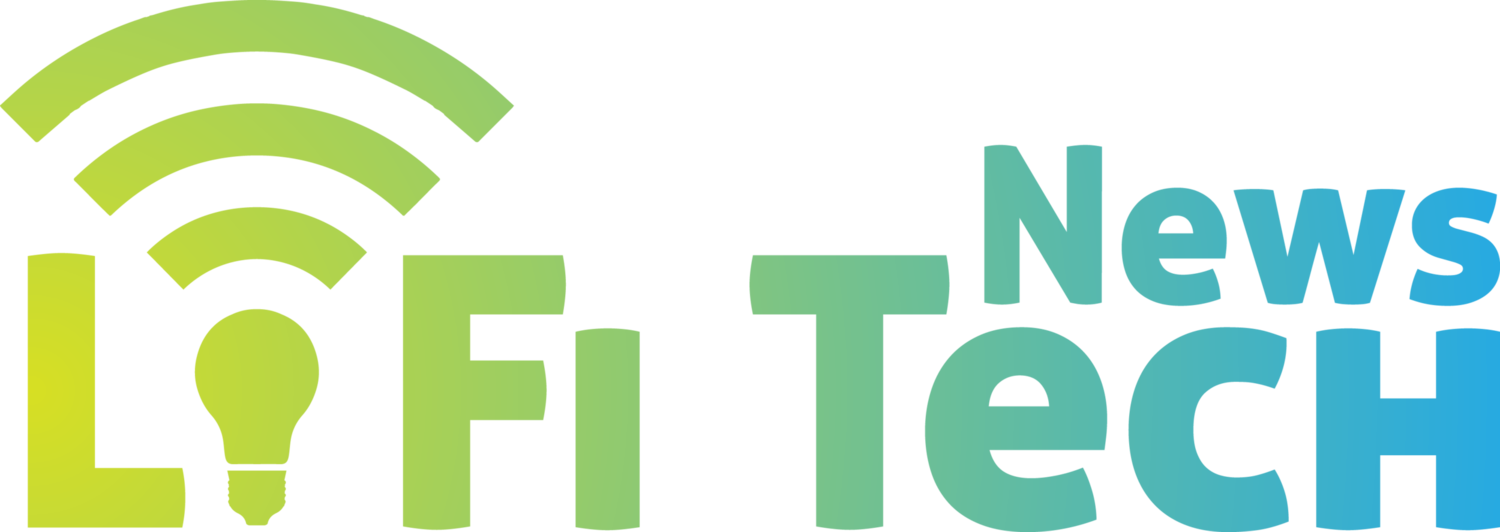Is Li-Fi safer than Wi-Fi?
Wi-Fi
Wi-Fi is currently the most popular communication technology in wireless local area networks (WLANs).
Wi-Fi devices must be fitted with antennas that transmit and receive radio waves in order to allow wireless connections. The devices function in certain frequency bands near 2.4 and 5 gigahertz (GHz).
People using or in close proximity of Wi-Fi, are exposed to the radio signals it emits and some of the transmitted energy in the signals is absorbed in their bodies. The Public Health England (PHE), an executive agency for the Department of Health and Social Care in the UK, published a report from the Advisory Group of Non-Ionising Radiation (AGNIR) about Wi-Fi exposure and its effects on human health. There are five key points from the report.
Firstly, there was no consistent evidence to date that that exposure to RF signals from Wi-Fi and WLANs adversely affect the health of the general population. Secondly, the signals from Wi-Fi are very low power, typically 0.1 watt (100 milliwatts), in both the computer and the router and resulting exposures should be well within internationally-accepted guidelines. Thirdly, the frequencies used are broadly the same as those from other RF applications. Fourthly, based on current knowledge, RF exposures from Wi-Fi are likely to be lower than those from mobile phones. Fifthly, on the basis of current scientific information, exposures from Wi-Fi equipment satisfy international guidelines. There was no consistent evidence of health effects from RF exposures below guideline levels and no reason why schools and others should not use Wi-Fi equipment.
You can read the comprehensive report here.
Li-Fi
The source of light waves used by Li-Fi are LED bulbs. In contrast to Wi-Fi, Li-Fi does not penetrate walls and hence provide enhanced security in data transmission. Some experts are concerned that LED exposure can be potentially harmful to health or even damage eyesight.
CELMA is the Federation of National Manufacturers Associations for Luminaires and Electrotechnical components in the European Union. CELMA carried out a study on the comparison of photo-biological safety of LED-based light sources to non-LED light sources.
It was published that LED-based lighting sources are as safe to use as incandescent bulbs and fluorescent bulbs and that the amount of blue light emitted from them is no different than that emitted from non-LED light sources. While recognizing the potential issues with excess blue-light levels, the paper staed that the “portion of blue in LED is not different from that in lamps using other technologies at the same color temperature.” LED lighting is considered safe when used as intended. The report also discusses optical safety such as the hazards of looking directly into bright, point-like sources, as well as other potential eye and skin hazards.
You can read the paper here.
Unlike other energy-efficient types of lighting, the LED bulb does not emit polluting radiation and therefore does not pose a health hazard.
LED bulbs operate at low voltage and are therefore considered safe compared to any other lighting systems (LED operates at low DC voltage 12 V).
LED lighting also does not emit UV or infrared radiation, it does not contain mercury and is resistant to shocks and vibration even in a particularly cold environment.
In conclusion, Li-Fi can be considered safer than being exposed to an ocean of radio waves. However, more research studies should be carried out to monitor the effects of LED exposure on human health.









